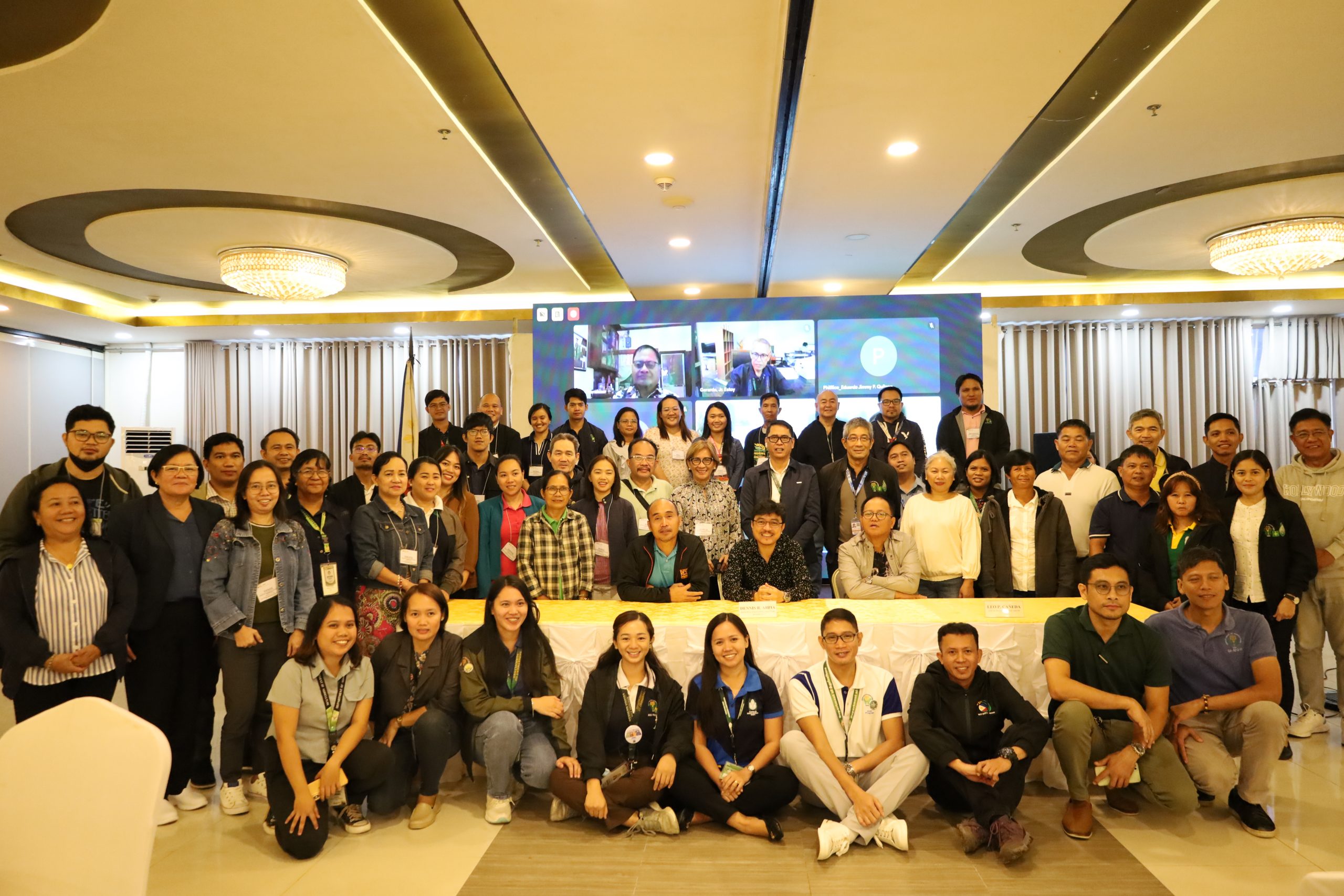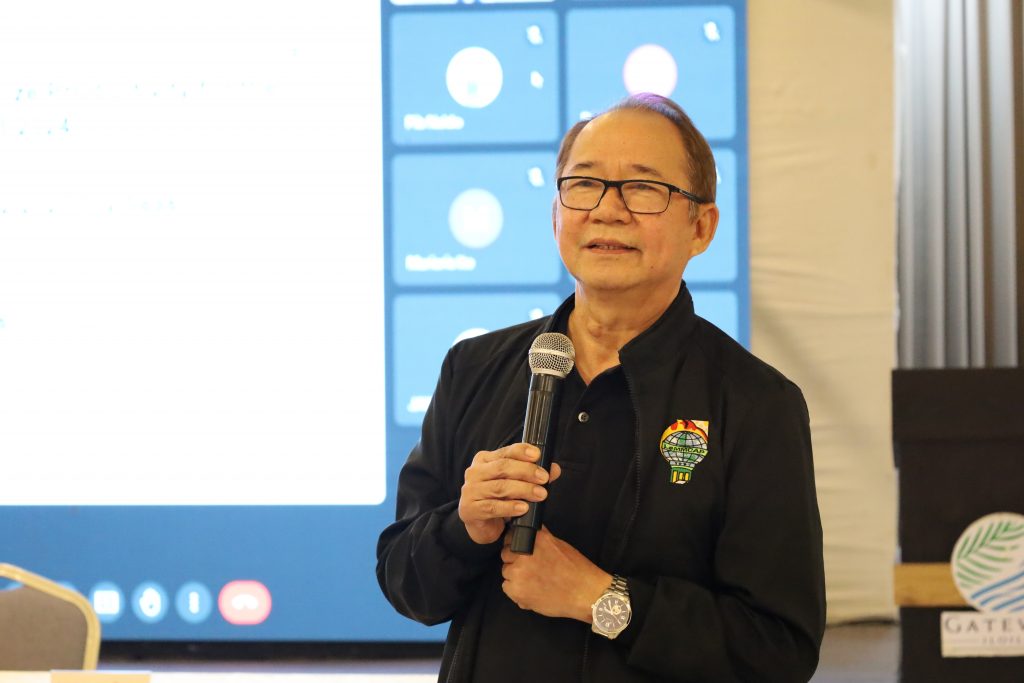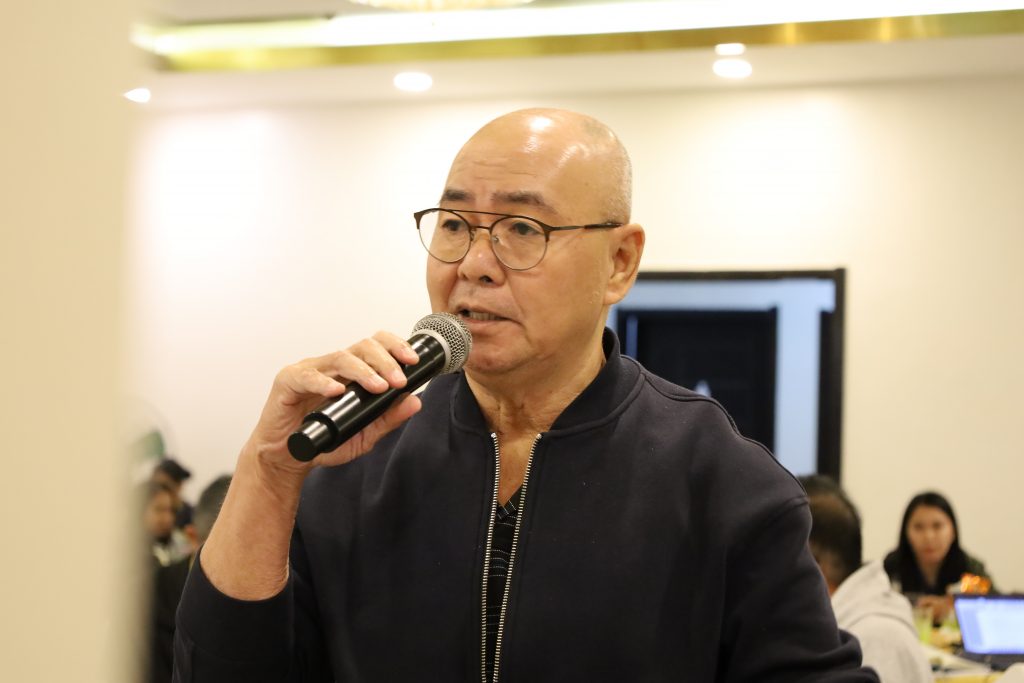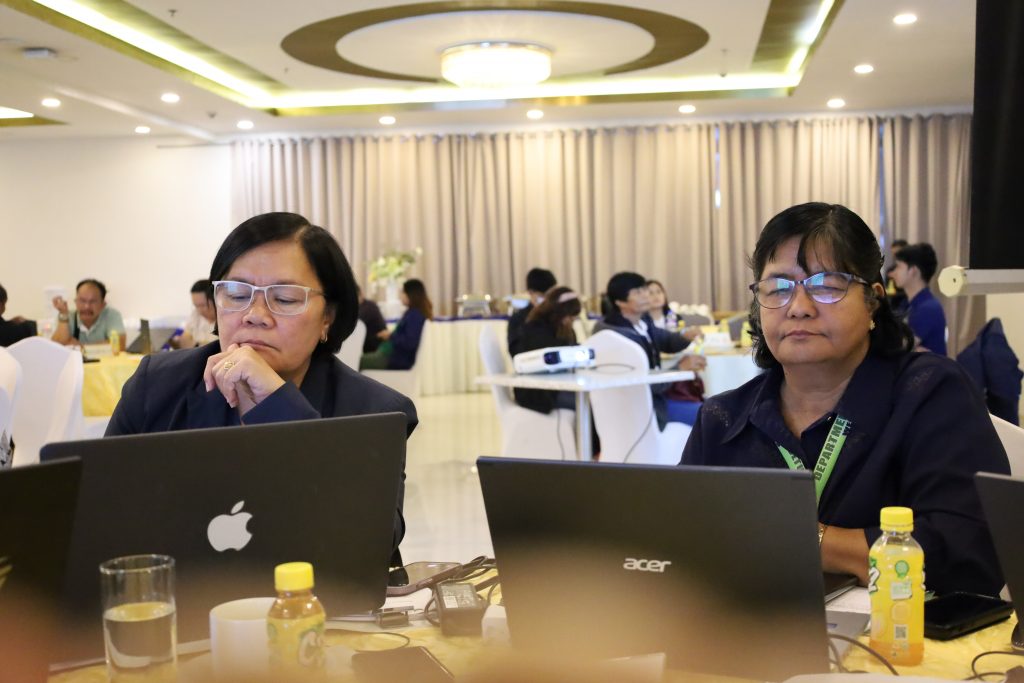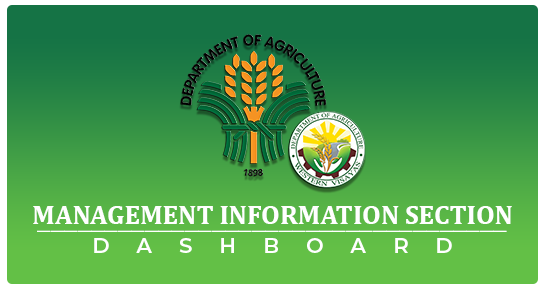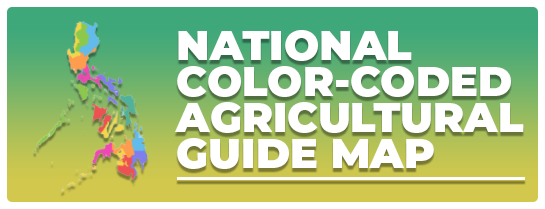VisMin cluster workshop for rice tech upscaling seeks to reduce yield gap
Posted by: RAFIS DA6 | Posted at: November 24, 2023
The Department of Agriculture (DA) had recently conducted the Scaling for Rice Technologies for 2024 Workshop in Pavia, Iloilo involving Rice Program implementers and stakeholders from Visayas and Mindanao regions. The event seeks to formulate strategic measures to upscale the technologies and to disseminate cutting-edge practices in rice cultivation and value chain, for implementation at the cluster levels in rice producing provinces.
In the workshop held on November 21 to 23, various technologies such as Palayamanan Plus, System of Rice Intensification, heirloom rice, and agroecology-based rice farming technologies were tackled as well as rice and agriculture products agribusiness and value chain, rotarized mechanical weeder, and tarriela technique in seeding preparation, that if communicated and transferred properly to farmers could improve the rice production volume and yield performance.
According to DA Western Visayas Regional Executive Director Dennis R. Arpia, rural development is yet to be achieved by government agencies involved in the development sector as majority of farmers remain at the subsistence level despite the provision of irrigation facilities, production support, and research activities. He added that although the production volume increases, farmers’ yield per hectare, and consequently income remain low.
“Sa pagpasok ng industriyalisasyon, urbanisasyon, at sa paghahangad ng pag-unlad, nakakalungkot at mababa pa rin ang kita ng mga magsasaka. Ang hamon kung manatiling maliit ang kita nila ay ang migration o paglipat sa ibang hanapbuhay,” said Arpia.
He added that all available technologies and approaches campaigned under the Masagana Rice Industry Development Program (MRIDP) should aid in boosting farmers’ production and income through efficient use of resources and technologies.
“We, who spearhead and guide the policy formulation and advocacy should have wide and clear understanding of the implementation of the programs. Let’s disseminate thse technologies in the field. We should be good in theory and practice,” he stressed.
Meanwhile, Dr. Sailila Abdulla, MRIDP Director, said that in 2022, 23 percent of the total rice areas in the Philippines has three metric tons per hectare yield, 45 percent with three to four tons per hectare, and only four percent of the area had yield above five tons per hectare.
“As the yield gap widens, we need to upscale our working technologies to increase our production and income. Let us advance our rice farming cultivation through the use of various research and development generative technologies. Farmers can utilize several digital based applications such as e-damuhan, Palay Binhi, PalayCheck, and Leaf Color Chart,” said Dr. Sailila.
Philippine Rice Rice Institute and International Rice Research Institute reported that sources of production growth in 2022 came from R&D (30 percent) and extension (16 percent) and the rest from infrastructure and environmental factors.
Dr. Sailila said that the implementation of the Rice Program should be anchored on the four goals of MRIDP — MAtatag” (resilient), “SAmasama” (together), “GAnado” (motivated), and “NApapanahon” (timely). He underscored the need to tap the influence and support of the Local Government Units and non-government organizations in the policy formulation using the concept of MASAGANA.###(Texts and Photos by Sheila Mae H. Toreno/DA-RAFIS 6)


